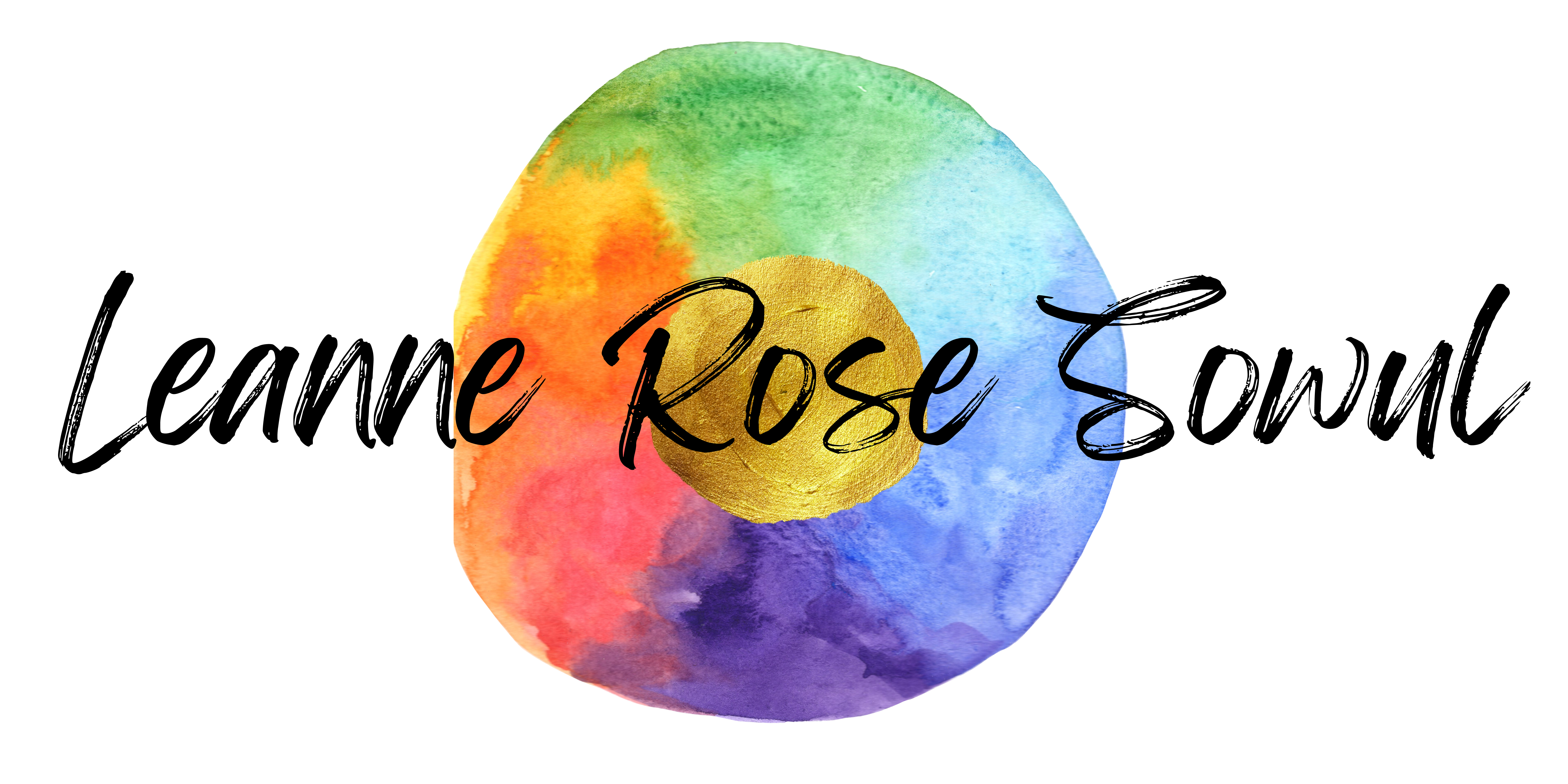A few months ago, I was talking about doing research for my novel, which takes place in the early 1900s, and a friend suggested I read A Tree Grows in Brooklyn.
It’s one of those books that’s been on my to-read list for ages, just by virtue of its status in classic literature, but I had no idea that it was set in the same time period as well as the same metropolitan area that I am currently researching. So I eagerly picked it up from the library and started reading right away. Several days and 500 pages later, I was done. It’s a terribly long book for the type of book it is. If I were to sum up the plot simply, I would say that one thing happens: A kid in Brooklyn grows up. The end.
Clearly, it’s not the plot that makes the book so special. There’s no climax, and the characters are all given an impossibly happy ending. The book is really just a long thread of events in the life of a poor family in the early 1900s. And, contrary to its title, it has nothing to do with trees, except for the obvious metaphor.
Despite all that, it’s easy to see why this book has endured since its first publication in 1943. The characters are both complex and endearing. From the first page, I wanted to reach into the book and hug Francie. I wanted to hang out on street corners with Neeley, listen to Johnny’s drunken singing, and shake Katie hard to make her see what a wonderful daughter she has. It was easy to root for these characters, because every one of them was spunky, spirited and resilient. It was fun to read about their adventures together, because they made such an interesting team.
This is a classic rags-to-riches, pull-yourself-up-by-your-bootstraps, American dream story. The conflict between man and poverty that underlines the book hits home for our current times, although I fear that Francie and her family would have had even fewer opportunities to better their situation in today’s economic climate.
Here’s the main thing that makes this book a classic: The writing is simply steeped in truth. The honesty pouring from Betty Smith’s pen is greater than any other author I can think of. This is not to say that I now know exactly what it was like to be a very poor little girl living in Brooklyn at the turn of the century. Rather, through the girl’s eyes, I know what it means to be human, in any time period, in any city, in any situation. You’ll see what I mean if you read the book. Just to give you a taste, though, I’ve included two of my favorite excerpts below. The first is thought by Francie, the daughter; the second by Katie, the mother.
“Oh, magic hour when a child first knows it can read printed words! For quite awhile, Francie had been spelling out letters, sounding them and then putting the sounds together to mean a word. But one day, she looked at a page and the word “mouse” had instantaneous meaning. She looked at the word, and the picture of a gray mouse scampered through her mind. She looked further and when she saw “horse,” she heard him pawing the ground and saw the sun glint on his glossy coat. The word “running” hit her suddenly and she breathed hard as though running herself. The barrier between the individual sound of each letter and the whole meaning of the word was removed and the printed word meant a thing at one quick glance. She read a few pages rapidly and almost became ill with excitement. She wanted to shout it out. She could read! She could read!”
“Katie heard the story. “It’s come at last,” she thought, “the time when you can no longer stand between your children and heartache. When there wasn’t enough food in the house you pretended that you weren’t hungry so they could have more. In the cold of a winter’s night you got up and put your blanket on their bed so they wouldn’t be cold. You’d kill anyone who tried to harm them… Then one sunny day, they walk out in all innocence and they walk right into the grief that you’d give your life to spare them.”
I don’t think writing gets more transparently truthful than that.

